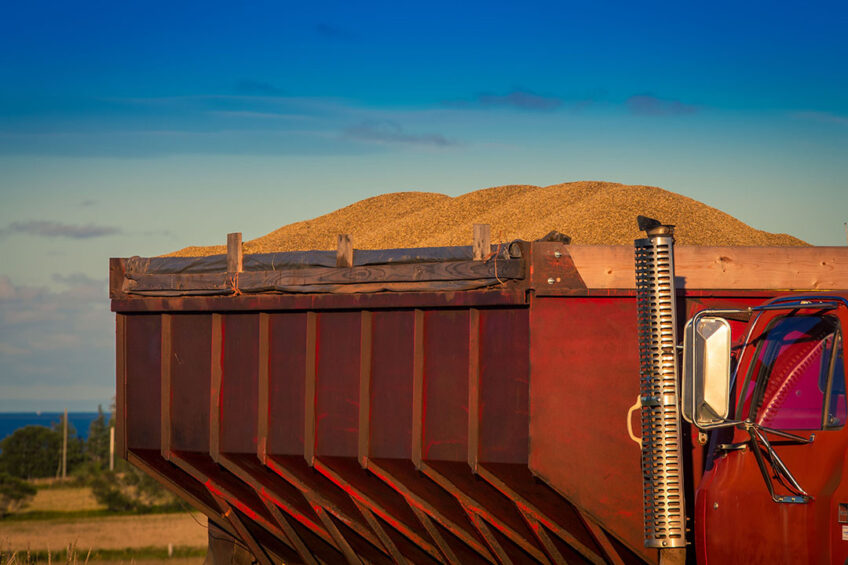Russia feed production to hit 40 million tonnes in 2025

Russia will boost feed production by 14.3% through 2025 to 40 million tonnes, the Russian Union of Feed Manufacturers has unveiled during an industry conference in Moscow.
The organisation expects poultry feed production to jump by nearly a third to 22 million tonnes and cattle feed production to rise by 28% to 3.8 million tonnes.
On the other hand, the Union of Feed Manufacturers said pig feed production is projected to slump from 15.2 million tonnes in 2023 to 13.7 million tonnes in 2025 without explaining the dynamics.
Fish feed production will reach 700,000 tonnes in 2025 against 400,000 tonnes in 2023, the organisation noted.
Valery Afanasiev, president of the Union of Feed Manufacturers, said the Russian feed industry fully meets the domestic demand. In 2023, the industry’s design production capacity stood at 42 million tonnes, while actual production was 35 million tonnes.
In 2025, the designed production performance is scheduled to climb to 45 million tonnes.
Nearly 75% of the Russian feed production capacities are concentrated in the hands of vertically integrated agricultural manufacturers, Afanasiev said, emphasising that this bolsters business effectiveness.
Vertical integration helps to swiftly address any issues “since the kitchen is managed by the mistress,” Afanasiev explained.
Grain instead of feed
On the other hand, Russian feed production is yet to hit the ceiling, among other things, since a significant share of the livestock industry still primarily relies on grain instead of feed.
Afanasiev estimated that between 8 and 10 million tonnes of grain are directly fed to agricultural animals in Russia, usually without any other components.
“This primarily happens in the backyard farms and small independent farms. Not everyone can afford to pay 25,000 roubles ($260) per tonne of feed. For some, this is luxury,” Afanasiev stated.
Big mills depend on imported equipment
The Russian feed industry is comprised of 262 feed mills, Afanasiev said. Domestic machine-building sector fully meets the industry’s demand in equipment in the segment with production performance ranging between 3 and 35 tonnes per hour.
On the other hand, in the equipment segment, with production between 50 and 80 tonnes per hour, the share of imported equipment is still huge. The issue is not pressing because there is only a handful of feed mills of that size running in the country, Afanasiev indicated.











